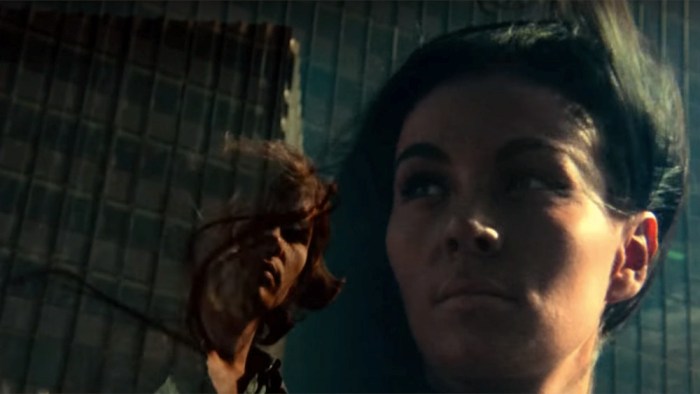The Other Side of the Wind Review: Orson Welles’ final film could give him award recognition 42 years later.
Historic strides in the film industry have been made in 2018 and another big step has been taken with the release of The Other Side of the Wind. No, it’s not a film that tackles some big social issue or transcends filmmaking as a whole. Rather, it’s a film that began production back in the early 1970s. However, due to financial reasons, the film, directed and written by the legendary Orson Welles, never had the editing finished so thus it would never see the light of day. Now, with the help of other filmmakers and Netflix, The Other Side of the Wind has finally hit theaters and is currently streaming on Netflix.
Frankly, it’s crazy to think that since this film’s release about a quarter or so of the cast has passed, including Welles, and that they will never get to see the finished product. Especially considering the fact that this film feels like a perfect ending film for Welles as it is a mockumentary and a satire on filmmaking as a whole as a semi exiled filmmakers makes a return to finish a film as everyone around him tries to figure out what it means. The cast is also perfect as it is filled with many prominent directors and actors, like John Huston, Peter Bogdanovich, Oja Kodar, Cameron Crowe, Dennis Hopper, and plenty others.
However, has too much time passed for Welles’ final film to be given proper credit and is Netflix the right place for The Other Side of the Wind to exist? Well, I think the best place to start so that these dire questions can be answered is by looking at the film as a whole.

The film feels almost like two films in one with attention being brought to both the film that Huston’s Jake Hannaford is making and the documentary styled film being made about Hannaford and his inner circle. There are multiple themes of the male gaze, misogyny in film, and the impact Hollywood has on many that work in it that are still seen today. It almost feels like a full-circle kind of moment for Welles considering how similar this felt to a more modern take (at that time) on Citizen Kane as others attempt to figure out the meaning behind Hannaford’s film similarly to how many tried to figure out the meaning of Rosebud back in 1941.
It’s also incredibly eye-catching to see the film taken from so many perspectives and it really adds to the film’s claustrophobic feel. From shots where people are hiding behind bushes, peering through cracks of doors, or right in front of its subjects, viewers will constantly feel like they are a part of the paparazzi that surrounds everyone in the film. Welles also takes a more satirical approach to paparazzi by having them literally hang off of cars and basically stalking Hannaford and friends like prey.

It can definitely be a little tough to follow from time to time, but there is definitely some depth found within these characters regardless of how hard-shelled they seem. Hearing the struggles Hannaford has faced throughout his career and sort of what it feels like to have great power feels impactful and is only made better thanks to Huston’s performance.
It can also be a bit tough to follow which characters are which as it feels like we only get slight introductions to them and they sort of come in and out of the film like they are going through a revolving door. However, even with this issue, Peter Bogdanovich still puts in an excellent performance as Hannaford’s right-hand man Brooks Otterlake. Otterlake is shown mostly to be a loyal follower to Hannaford, but seeing what their relationship is actually like is quite interesting and really adds to Hollywood’s impact on the personal lives of filmmakers.
The thing I loved the most about the film was the constant cutting back and forth from color to black and white. It’s something that really isn’t seen much today that felt refreshing to see and played really well with the paparazzi having different cameras and the craziness of what’s happening. Not to mention, it really helps distinguish whether viewers are seeing the odd and color-filled world of Hannaford’s film and the colorless and sometime dark world that Hannaford and company are being filmed.

So, to answer the two previous questions on whether or not the film can hold up and if Netflix is the right place for it, the answer is kind of tough to say. The film is much more of a “film person’s” film than for a mainstream audience and I personally don’t think the more binge-heavy audience of Netflix will appreciate something like this.
Either way, though, Welles’ final film is something I feel he would have been proud of and would’ve been revolutionary if it came out when it was supposed to. It’s just amazing in itself that The Other Side of the Wind was able to finally be finished and even with it taking 42 years to make, it still has impactful themes that can be appreciated today. So if you have the chance to see the film, either in theaters or on Netflix, consider yourself lucky as you would be viewing a legend’s perfect ending.

